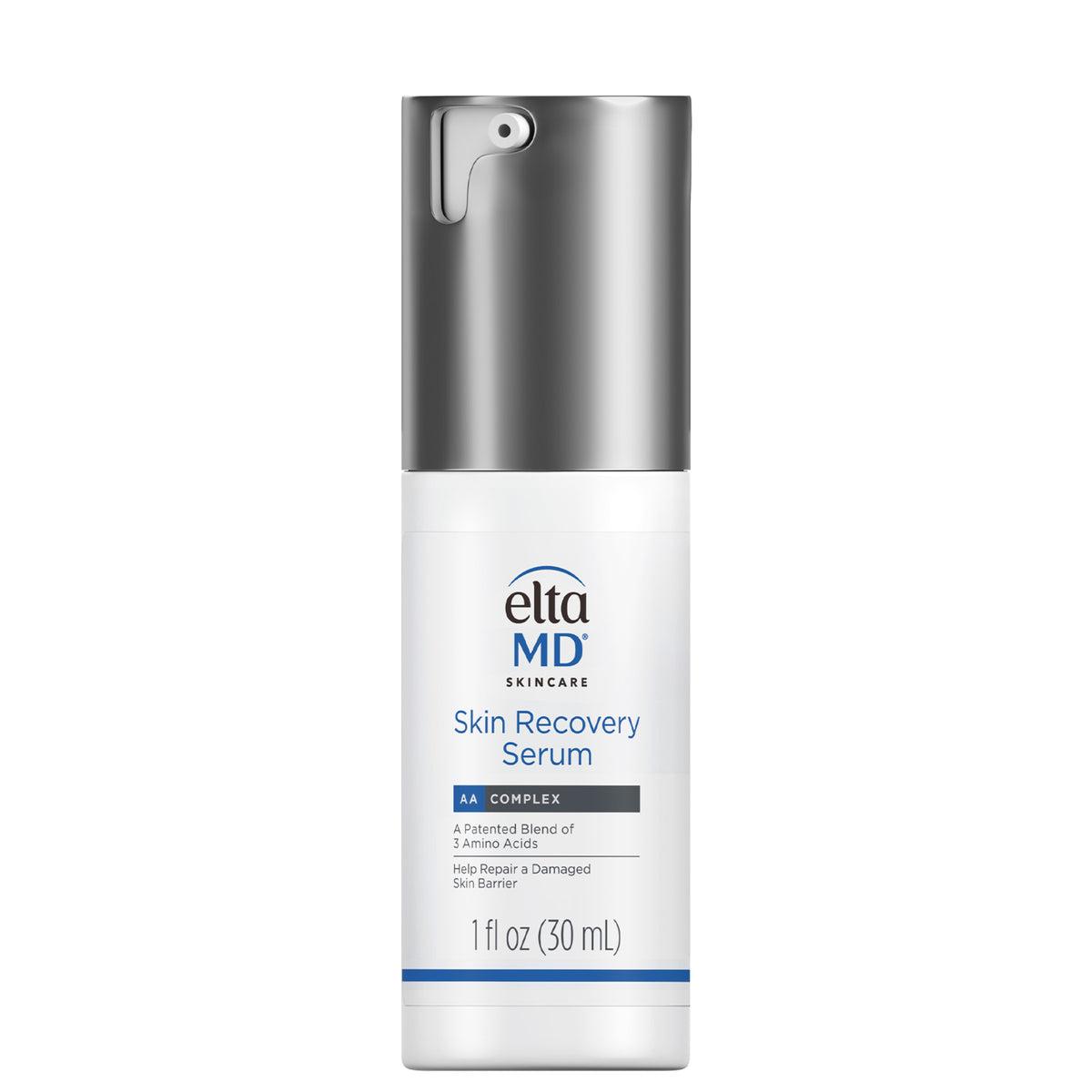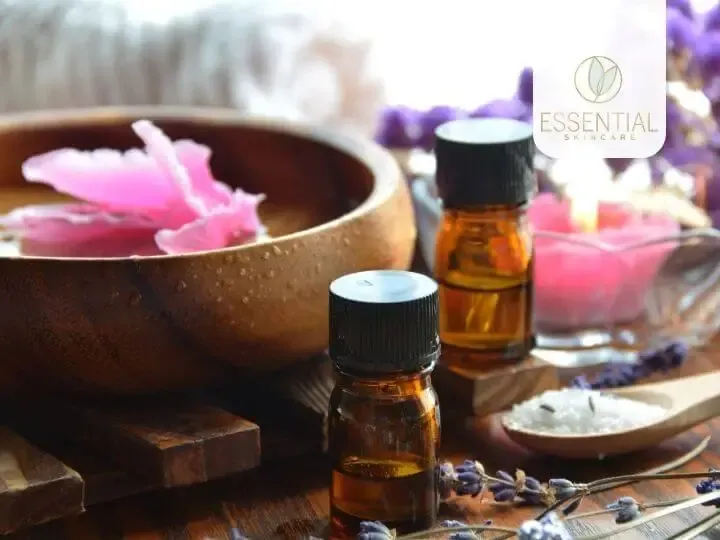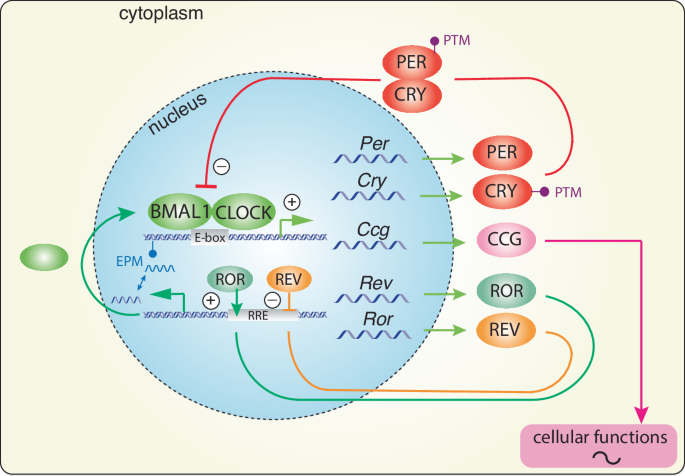In the quest for radiant, healthy skin, we often find ourselves at a crossroads, pondering the most effective path to lasting rejuvenation. A common question that arises is Light Vs. Serums: What Heals Skin Faster? At Glow Pulse Therapy, we believe true beauty emerges from a harmonious balance between nurturing the skin and soothing the soul. This isn’t just about superficial improvements; it’s about fostering sustainable well-being that reflects outwardly. Join us as we delve into the intricate world of skin healing, exploring the potent capabilities of both advanced light therapies and nutrient-rich serums, and ultimately, how they contribute to your holistic Glow Pulse journey.
The Luminous Path: Exploring Light Therapy for Skin Healing
Light therapy, often referred to as phototherapy or LED (Light Emitting Diode) therapy, has revolutionized the skincare landscape. Unlike harsh lasers, LED therapy uses specific wavelengths of light that penetrate the skin at different depths, triggering a variety of beneficial cellular responses without causing damage. This non-invasive approach is a cornerstone for many seeking gentle yet profound skin healing.
What is Light Therapy and How Does It Work?
At its core, LED light therapy leverages the power of specific light wavelengths – typically red, blue, and near-infrared – to stimulate cellular activity. This process is known as photobiomodulation. Red light, for instance, penetrates deep into the dermis, stimulating fibroblasts to produce more collagen and elastin, essential proteins for skin elasticity and firmness. Blue light primarily targets the surface, effective in destroying acne-causing bacteria. Near-infrared light penetrates the deepest, promoting circulation, reducing inflammation, and aiding in muscle and tissue repair.
How Light Heals: Cellular Regeneration and Inflammation
The magic of light therapy lies in its ability to energize cells. When skin cells absorb light energy, it boosts mitochondrial function, leading to increased ATP (adenosine triphosphate) production – the energy currency of cells. This cellular energy surge accelerates natural healing processes, from repairing damaged tissue to reducing inflammation. It’s like giving your skin cells a powerful energy drink, enabling them to perform their repair functions more efficiently. This internal activation can significantly impact how quickly your skin recovers from various concerns.
Targeted Concerns: Acne, Aging, Pigmentation
Different light wavelengths are adept at addressing specific skin issues. Blue light is a game-changer for acne-prone skin, effectively reducing breakouts by targeting P. acnes bacteria. Red light is highly sought after for its anti-aging properties, diminishing fine lines and wrinkles by boosting collagen. It also aids in reducing redness and inflammation, making it beneficial for conditions like rosacea. For hyperpigmentation, consistent red and near-infrared light therapy can help fade dark spots by promoting cellular turnover and evening out skin tone. The ability of light to work at a cellular level makes it a powerful contender when considering light vs. serums: what heals skin faster? for long-term health.
Speed of Results with Light Therapy
While “faster” is subjective and depends on the specific skin concern and individual consistency, many users report seeing initial improvements with light therapy within a few weeks of consistent use. For acne, visible reduction can occur within 2-4 weeks. For anti-aging benefits and collagen stimulation, more significant results typically appear after 8-12 weeks, as collagen synthesis is a gradual process. The healing process initiated by light often targets the root cause at a cellular level, potentially leading to more sustainable results over time.
 Woman receiving red light therapy for skin healing, showing glowing, rejuvenated skin.
Woman receiving red light therapy for skin healing, showing glowing, rejuvenated skin.
The Potent Potion: Understanding Serums for Skin Restoration
Serums are concentrated liquid formulations packed with active ingredients designed to penetrate deeply into the skin to deliver targeted benefits. They are a staple in advanced skincare routines, working diligently to address specific concerns from the outside in.
What Makes Serums Powerful?
The key to a serum’s potency lies in its high concentration of active ingredients and its molecular structure. Serums typically have a lighter, thinner consistency than moisturizers, allowing them to deliver active compounds more efficiently into the deeper layers of the epidermis. This makes them exceptionally effective for addressing specific skin issues, as they can deliver a more direct and powerful dose of beneficial ingredients.
Key Ingredients for Healing: Retinoids, Vitamin C, Hyaluronic Acid, Peptides
When it comes to skin healing and restoration, several ingredients stand out:
- Retinoids (Vitamin A derivatives): Promote cell turnover, reduce fine lines, improve texture, and fade hyperpigmentation. They are crucial for accelerating skin repair and rebuilding.
- Vitamin C (Ascorbic Acid): A powerful antioxidant that brightens skin, stimulates collagen production, and protects against environmental damage. Essential for a radiant complexion and aiding in scar healing.
- Hyaluronic Acid: A humectant that draws moisture into the skin, plumping it up and improving hydration. Crucial for maintaining a healthy skin barrier and supporting the healing environment.
- Peptides: Short chains of amino acids that act as building blocks for proteins like collagen and elastin. They signal the skin to repair itself, leading to firmer, smoother skin. These ingredients work synergistically to provide comprehensive skin restoration, directly impacting how quickly you see improvements.
How Serums Promote Healing: Barrier Repair, Antioxidant Defense, Collagen Synthesis
Serums contribute to skin healing through various mechanisms. Many active ingredients, like ceramides and hyaluronic acid, help strengthen the skin’s natural barrier, protecting it from external aggressors and preventing moisture loss. Antioxidants like Vitamin C combat free radical damage, which can impede healing and accelerate aging. Furthermore, ingredients such as retinoids and peptides directly stimulate collagen and elastin synthesis, essential for wound healing, scar reduction, and overall skin elasticity. This multi-faceted approach makes serums indispensable for maintaining healthy, resilient skin.
Patience is a Virtue: Speed of Results with Serums
The speed at which serums deliver visible results can vary widely depending on the active ingredients, the specific skin concern, and individual skin response. For hydration and immediate plumping, hyaluronic acid serums can show results within minutes or hours. For concerns like acne or pigmentation, retinoids and Vitamin C typically require 4-12 weeks of consistent use to show noticeable improvements, as they work by regulating cellular processes that take time. While some immediate effects might be seen, significant and lasting transformation from serums often requires consistent, long-term application.
Light vs. Serums: A Head-to-Head Comparison for Faster Skin Healing
When evaluating light vs. serums: what heals skin faster? it’s not always a matter of one being inherently superior. Both offer unique strengths and work through different mechanisms, making them complementary rather than competitive.
| Feature | Light Therapy (LED) | Serums |
|---|---|---|
| Mechanism | Cellular energy boost, internal activation | Topical delivery of concentrated active ingredients |
| Depth of Action | Penetrates deep into dermis/subdermal layers | Primarily works on epidermal and superficial dermal layers |
| Speed of Results | Often noticeable within weeks for some concerns, but collagen takes months | Immediate hydration possible, but cellular changes take 4-12+ weeks |
| Concerns Addressed | Acne, aging, inflammation, wound healing, circulation | Acne, aging, hyperpigmentation, hydration, barrier repair, antioxidant protection |
| Mode of Delivery | Non-invasive, device-based | Topical application |
| Cost | Higher initial device cost, but low per-use | Ongoing cost of product repurchase |
| Convenience | Requires dedicated session time, often stationary | Quick daily application, portable |
| Holistic Impact | Can be relaxing, stress-reducing; internal healing | Tangible self-care ritual; visible improvements boost confidence |
Synergy over Competition: Why Combination Therapy Wins
Instead of asking light vs. serums: what heals skin faster? a more insightful question is: “How can light and serums work together for superior skin healing and mood benefits?” The answer lies in their synergistic potential. Light therapy prepares the skin by boosting cellular energy and reducing inflammation, making it more receptive to the active ingredients in serums. Serums, in turn, provide the targeted nutrients and building blocks that energized cells can utilize more effectively for repair and rejuvenation.
“When considering what heals skin faster, it’s less about a direct competition between light and serums and more about understanding their unique strengths,” explains Dr. Elena Petrova, a leading Dermatologist and Founder of Lumina Skincare Clinic. “Light therapy primes the cellular environment, enhancing cellular function from within. Serums deliver the precise building blocks and protective agents from the outside. Used together, they create a powerful, accelerated healing dynamic, addressing both the symptoms and underlying cellular health.”
 Visual comparison of light therapy and serum application for faster skin healing.
Visual comparison of light therapy and serum application for faster skin healing.
Beyond the Surface: The Glow Pulse Therapy Approach to Skin & Mood Benefits
At Glow Pulse Therapy, we recognize that true skin health is intrinsically linked to emotional and mental well-being. The pursuit of “what heals skin faster?” is not just about speed, but about fostering a deeper connection to oneself and promoting a sense of inner calm and confidence. Our philosophy extends beyond treating symptoms; we aim to cultivate a sustainable glow that radiates from within.
Connecting Skin Health to Emotional Well-being
It’s no secret that our skin often mirrors our internal state. Stress can trigger breakouts, lack of sleep can dull our complexion, and feelings of anxiety can manifest as skin sensitivity. Conversely, nurturing your skin through consistent routines can be a powerful act of self-care, reducing stress and boosting mood. The ritual of applying a luxurious serum or sitting under a comforting LED light can be a meditative experience, transforming a simple routine into a moment of peace and self-connection. This holistic approach is fundamental to achieving comprehensive skin and mood benefits.
The Role of Consistency and Self-Care Rituals
Whether you opt for light therapy or serums, consistency is paramount. Sporadic use yields sporadic results. At Glow Pulse Therapy, we advocate for integrating these treatments into daily or weekly self-care rituals. It’s not just about what heals skin faster, but what sustains its health and resilience. These consistent rituals provide predictable improvement to the skin, but also carve out dedicated time for self-reflection and relaxation, crucial for mental well-being.
“Our skin is intimately connected to our nervous system and emotional state,” says Sophia Chen, a Holistic Wellness Coach and Mind-Body Integration Specialist. “When we engage in skincare rituals, whether it’s applying a serum or using a light therapy device, we’re not just treating the skin. We’re engaging in a mindful act of self-care that can significantly reduce stress, calm the nervous system, and ultimately, uplift our mood. This positive emotional state further supports the body’s natural healing mechanisms, creating a virtuous cycle.”
Integrating Light and Serums for Holistic Wellness
For optimal results, consider integrating both light therapy and high-quality serums into your regimen. For example, you might use red light therapy to stimulate collagen and reduce inflammation, followed by a peptide or Vitamin C serum to further enhance these effects and provide additional antioxidant protection. Or, use blue light for acne, then follow with a salicylic acid serum. This layered approach addresses multiple skin concerns from various angles, creating a comprehensive healing and rejuvenation strategy. The combined effect often surpasses the benefits of using either treatment in isolation, leading to a faster, more profound, and more holistic transformation.
 A serene woman engaging in a holistic skincare ritual, combining light therapy and thoughtful serum application for skin and mood benefits.
A serene woman engaging in a holistic skincare ritual, combining light therapy and thoughtful serum application for skin and mood benefits.
Optimizing Your Regimen: Tips for Achieving Faster Skin Healing
Achieving the fastest skin healing and the best long-term results involves more than just picking a treatment. It requires understanding your skin, selecting the right products and devices, and embracing a consistent, informed approach.
How to Choose the Right Light Device/Serum for You
- For Light Therapy: Consider your primary concern. Blue light for acne, red/near-infrared for aging, inflammation, and overall skin rejuvenation. Research reputable brands for home devices.
- For Serums: Identify your skin type and concerns. Look for serums with clinically proven active ingredients. For acne, salicylic acid or niacinamide. For anti-aging, retinoids, peptides, or Vitamin C. For hydration, hyaluronic acid. Always patch test new products.
Understanding Ingredient Synergies
Some ingredients enhance each other’s effects. For instance, Vitamin C and Vitamin E work better together as antioxidants. Peptides and hyaluronic acid are often combined for anti-aging and hydration. However, some combinations should be avoided or used cautiously, such as high concentrations of retinoids with harsh exfoliants. Always read product instructions and consult with a professional if unsure.
Professional Guidance
While home devices and over-the-counter serums are effective, professional guidance can elevate your results. A dermatologist can accurately diagnose your skin concerns and recommend tailored treatments, including in-office light therapy (which can be more powerful than home devices) or prescription-strength serums. A skincare expert can help you navigate the vast market and create a personalized routine that truly answers what heals skin faster for your unique skin.
“The pursuit of what heals skin faster should always be guided by a deep understanding of active ingredients and their interaction with the skin’s biology,” states Marcus Thorne, Lead Cosmetic Chemist at Aura Innovations. “High-quality serums are formulated to deliver potent actives efficiently, while light therapy works at a cellular level to enhance natural repair. The secret lies in a smart, informed combination. Choosing stable, well-formulated serums and pairing them with appropriate light wavelengths can significantly accelerate visible improvements and contribute to a healthier skin barrier.”
Conclusion
In the perennial debate of light vs. serums: what heals skin faster?, it’s clear that both hold immense power in the journey towards skin healing and restoration. Light therapy initiates profound cellular changes from within, while serums deliver targeted, concentrated nourishment from the outside. For the fastest, most effective, and truly sustainable results, the most powerful approach often involves a strategic combination of both. At Glow Pulse Therapy, we encourage you to view your skincare routine as a holistic ritual – a moment to nourish your skin and calm your mind. Embrace consistency, seek quality, and allow the synergy of advanced treatments to unveil your most radiant self, contributing not just to faster skin healing, but to a deeper sense of balance and well-being.
FAQ
Q1: Can I use light therapy and serums on the same day?
A1: Yes, absolutely! In fact, using them together can enhance results. Typically, you would cleanse your skin, apply a serum, and then follow with your LED light therapy session. This allows the light to penetrate and stimulate cellular activity, potentially making your skin more receptive to the serum’s ingredients.
Q2: Which one is better for treating acne: light therapy or serums?
A2: Both are effective for acne, but they work differently. Blue light therapy targets acne-causing bacteria, while serums (like those with salicylic acid or niacinamide) reduce inflammation and clear pores. For comprehensive acne management, a combination approach often yields faster and more sustainable results.
Q3: How long does it take to see noticeable results from light therapy or serums?
A3: The timeline varies depending on the specific concern and product/device. For light therapy, initial improvements can be seen within a few weeks, with significant changes taking 8-12 weeks for collagen. Serums can show immediate hydration benefits, but active ingredient effects (e.g., anti-aging, pigmentation) typically require 4-12 weeks of consistent use.
Q4: Is light therapy safe for all skin types?
A4: LED light therapy is generally considered safe and non-invasive for most skin types. It doesn’t use UV rays and produces no heat. However, individuals with certain medical conditions or those on photosensitizing medications should consult a doctor before starting light therapy.
Q5: Are expensive serums always better for faster skin healing?
A5: Not necessarily. While some high-end serums offer advanced formulations, effectiveness largely depends on the active ingredients and their concentration, stability, and how they interact with your skin. Researching ingredients and reading reviews is more important than price alone when seeking what heals skin faster.
Q6: Can light therapy replace all my skincare products?
A6: Light therapy is a powerful tool, but it’s best viewed as an enhancement to a well-rounded skincare routine, not a replacement. Cleansing, moisturizing, and using targeted serums are still crucial for overall skin health, hydration, and protection.
Q7: How do light therapy and serums contribute to mood benefits?
A7: Engaging in a dedicated skincare routine, including light therapy and serum application, creates a mindful self-care ritual. This dedicated “me-time” can reduce stress, promote relaxation, and boost self-confidence as you see improvements in your skin. A healthy complexion often translates to improved emotional well-being.



